Savannah, GA
Seafood dinner @ The Wyld
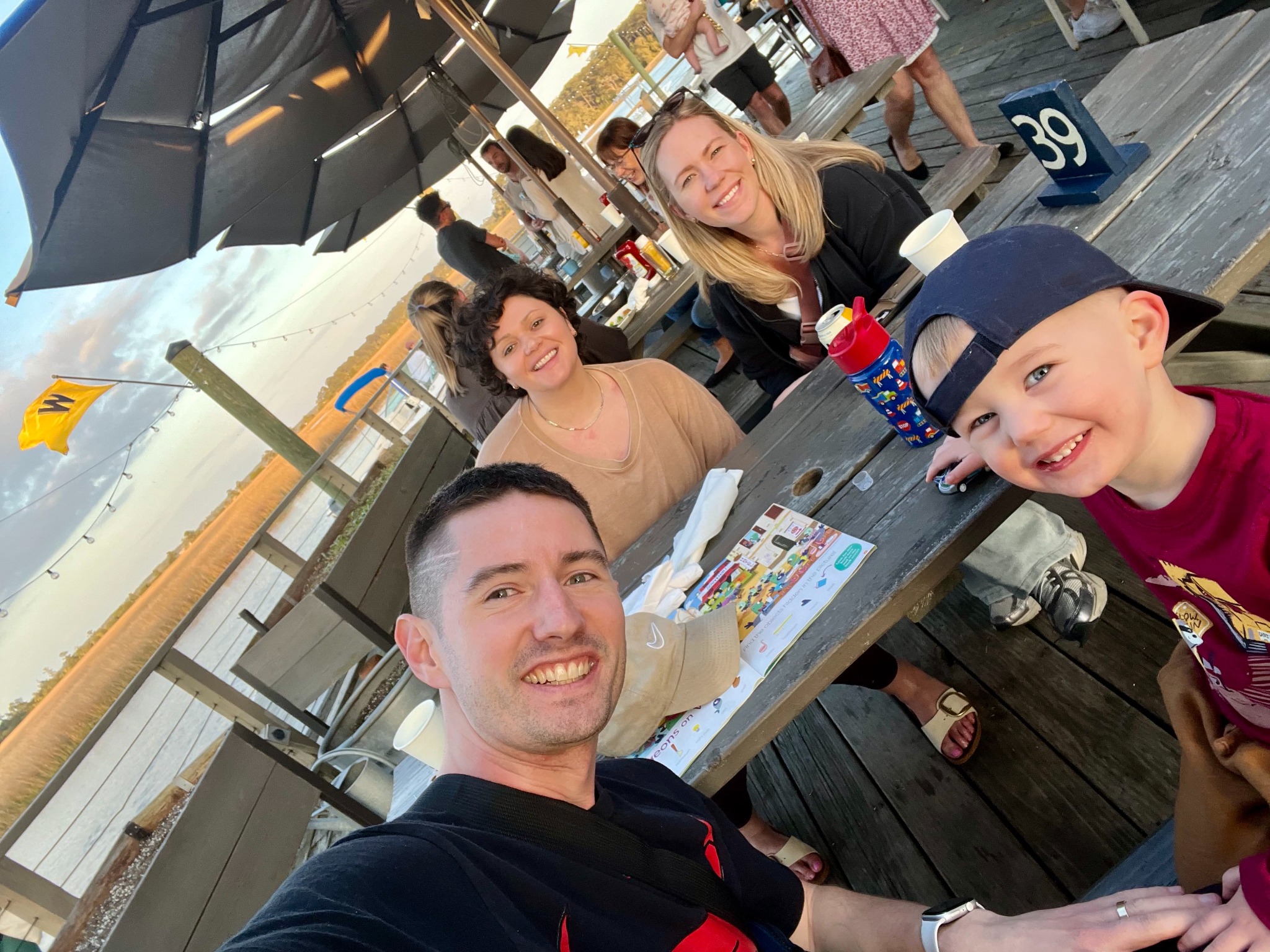
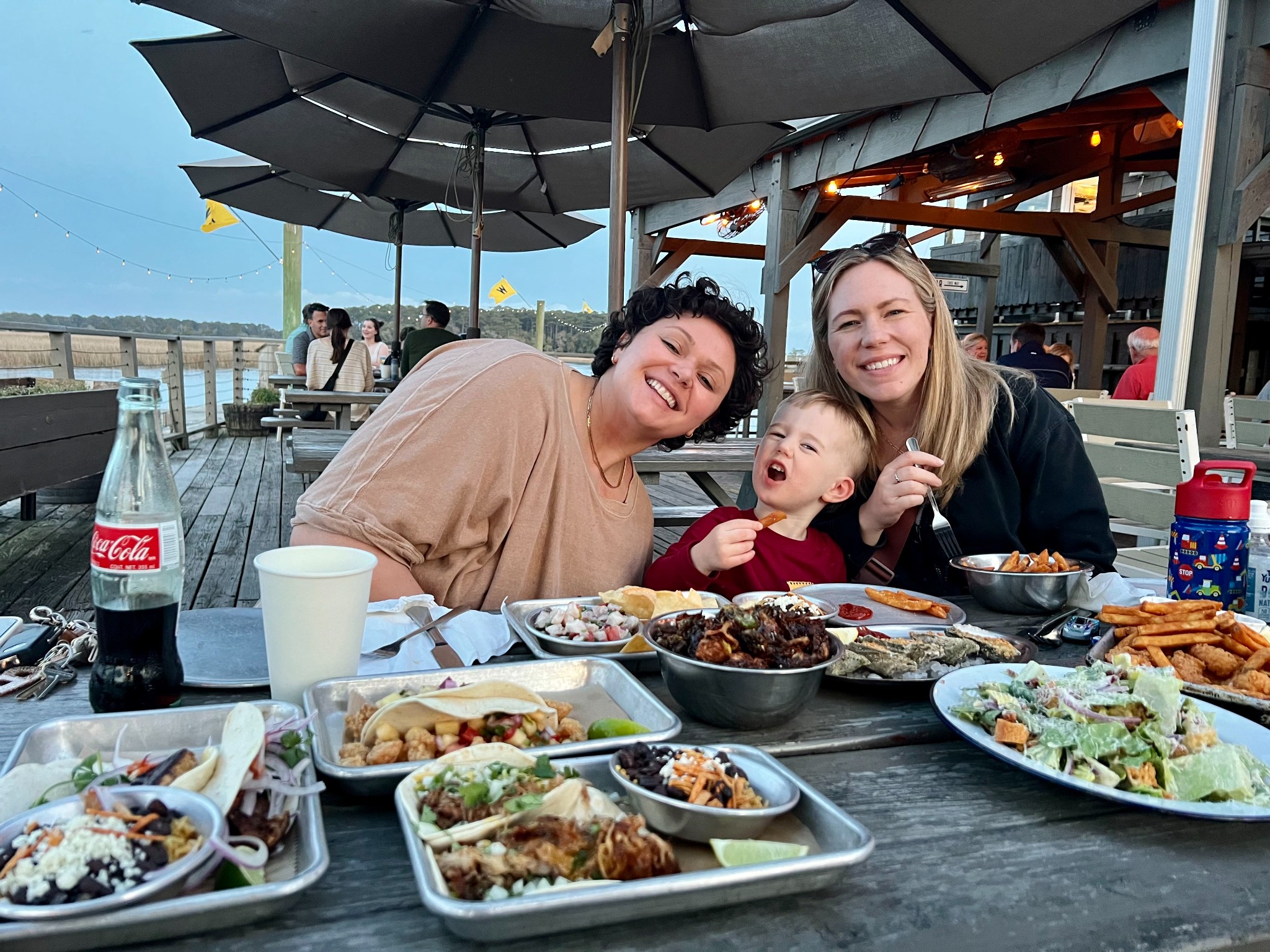
Forsyth Park
Forsyth Park is lively on Saturday mornings--Farmers' market, art vendors, soccer games, DJ's spinning turntables, people flying drones, etc.
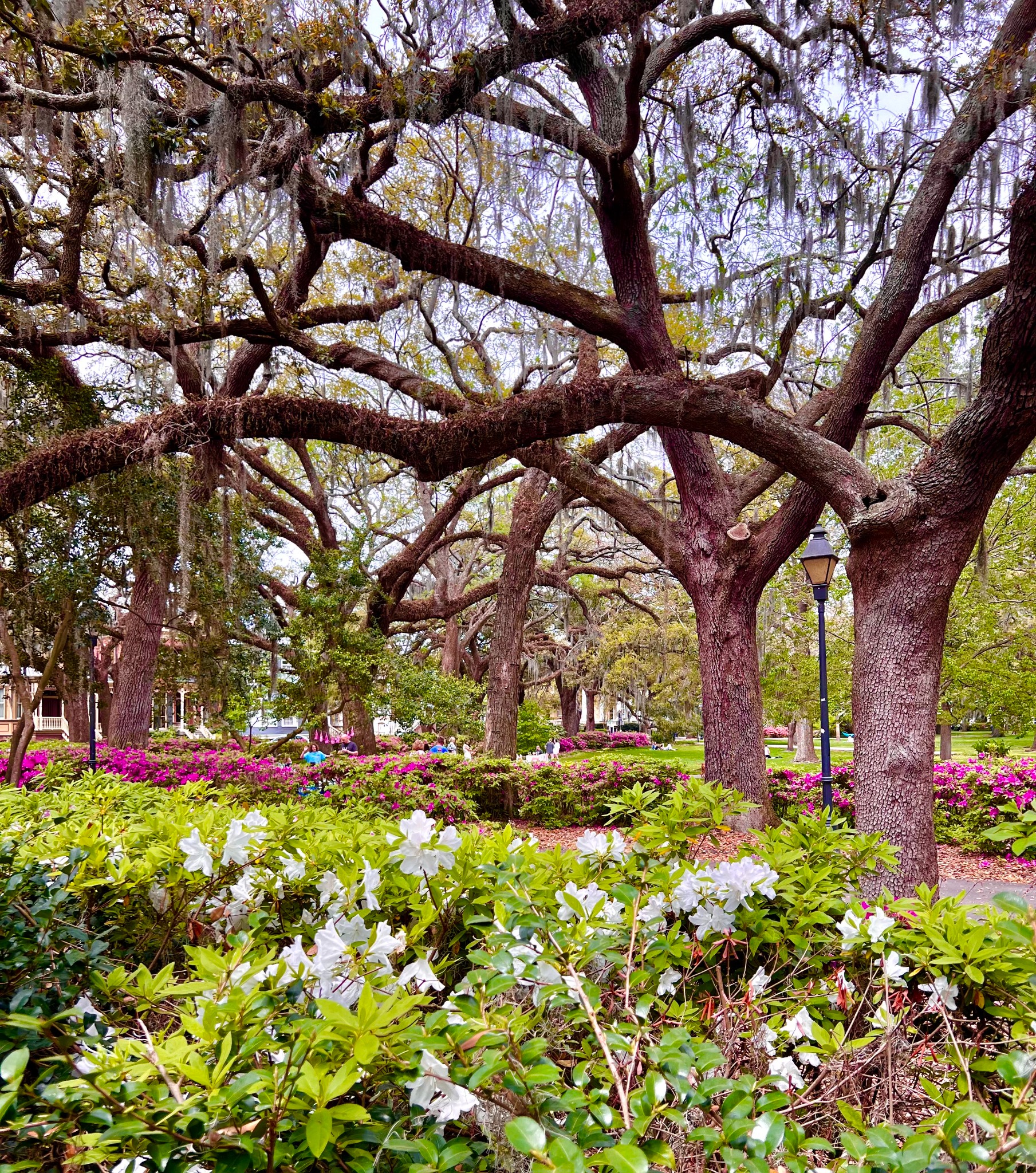
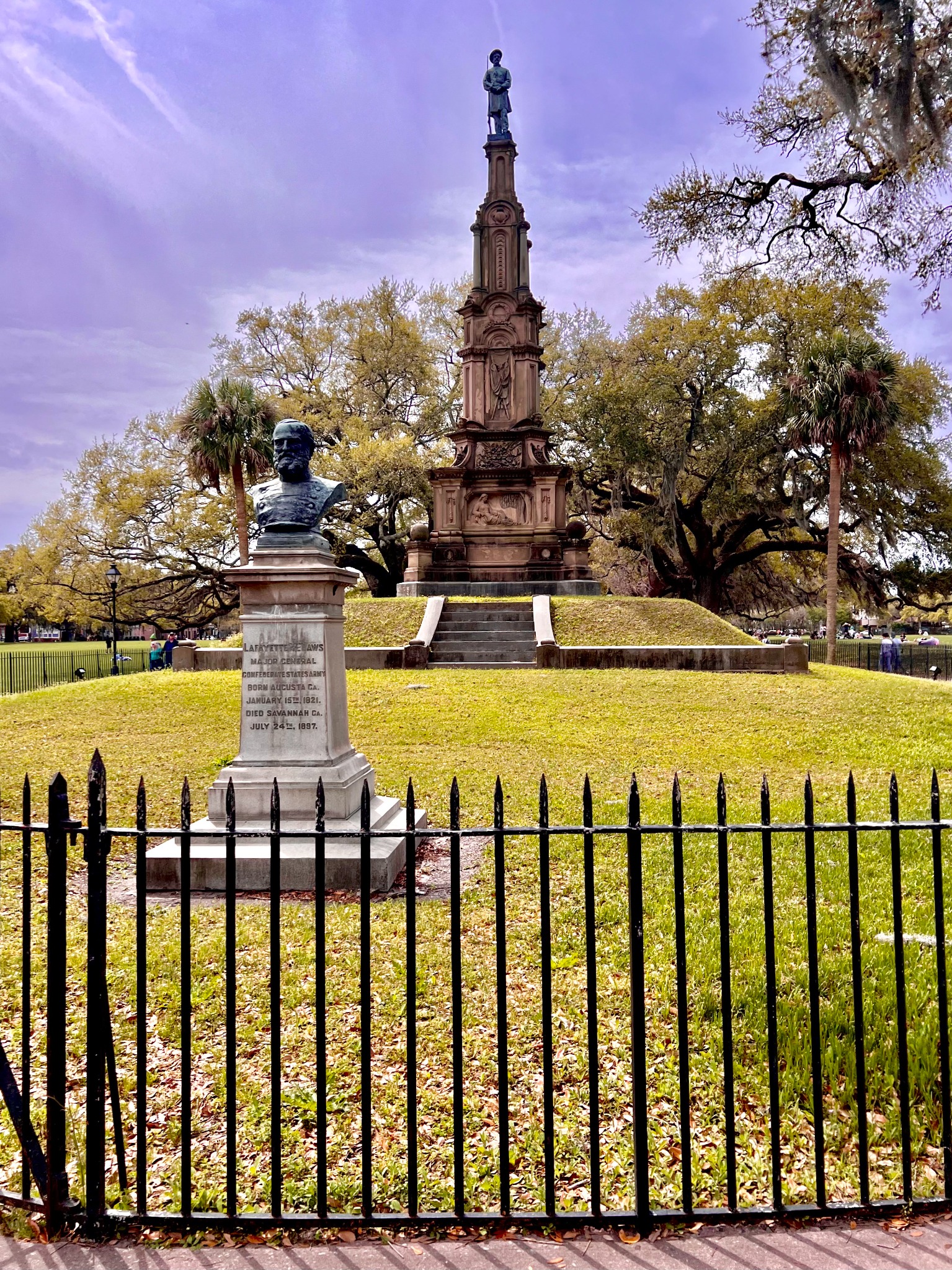
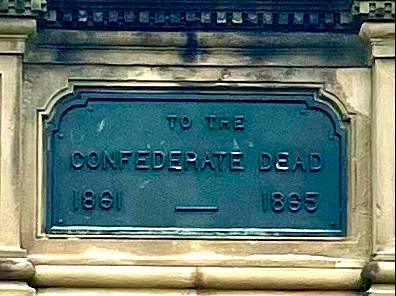
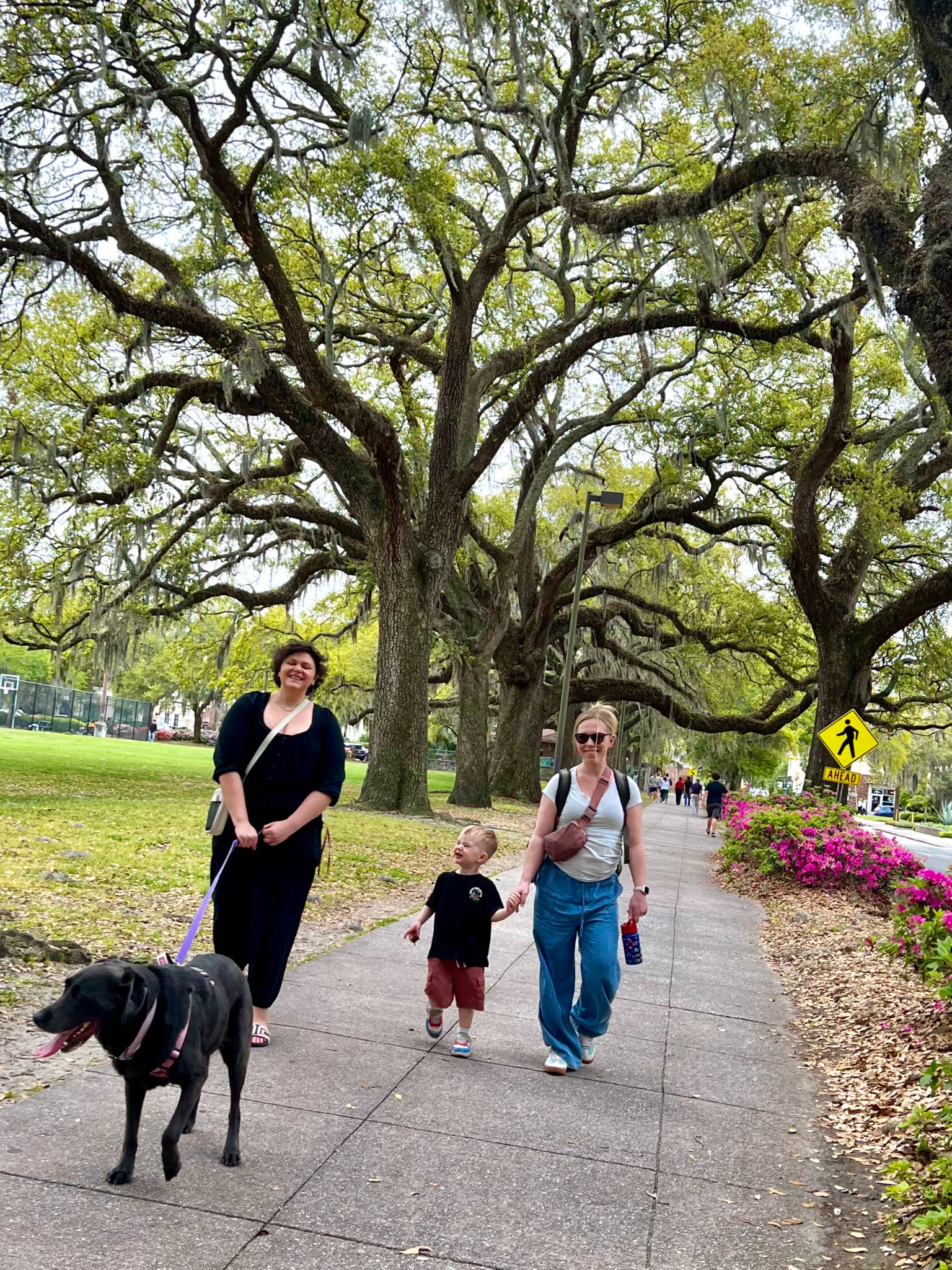
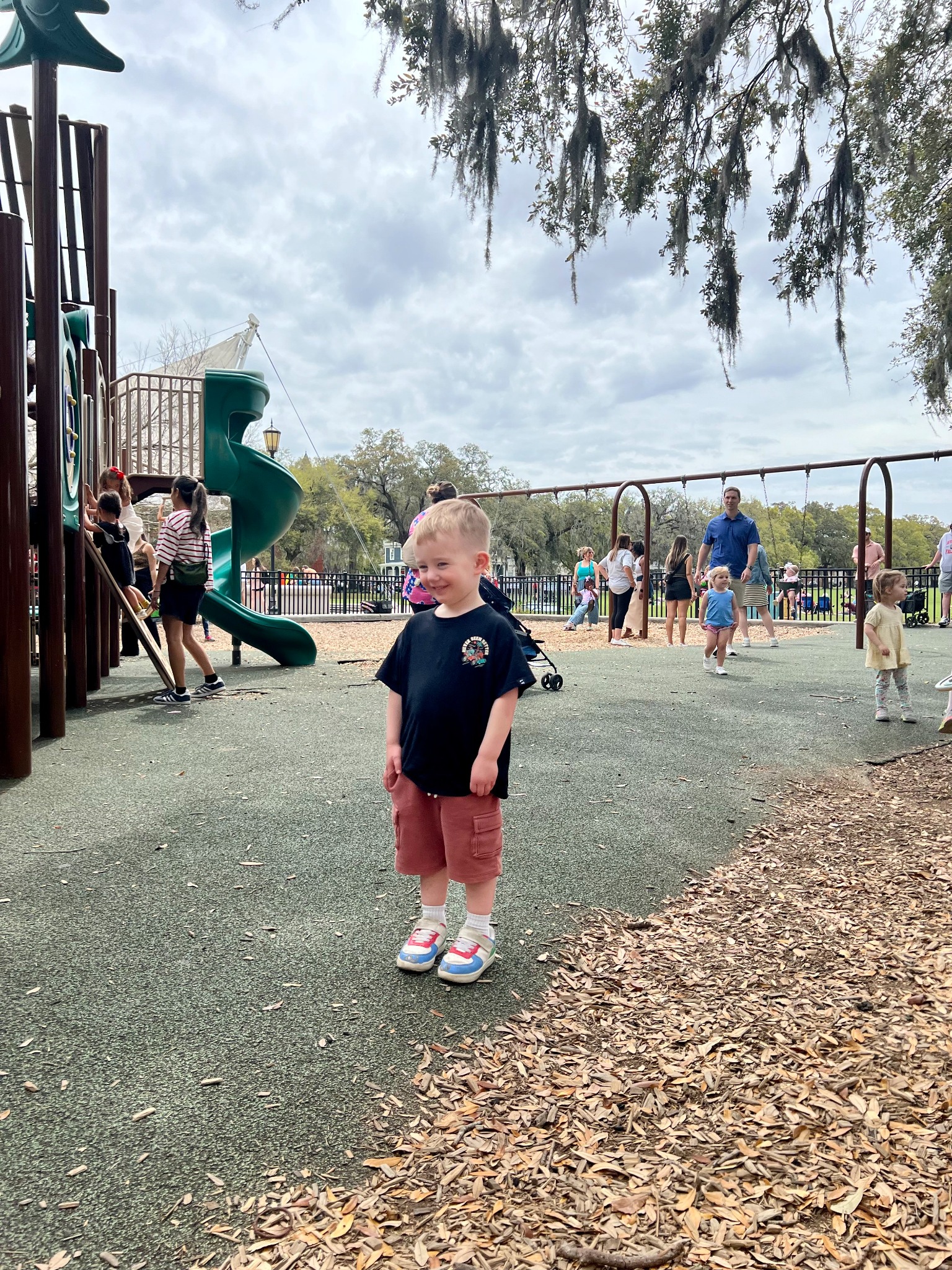
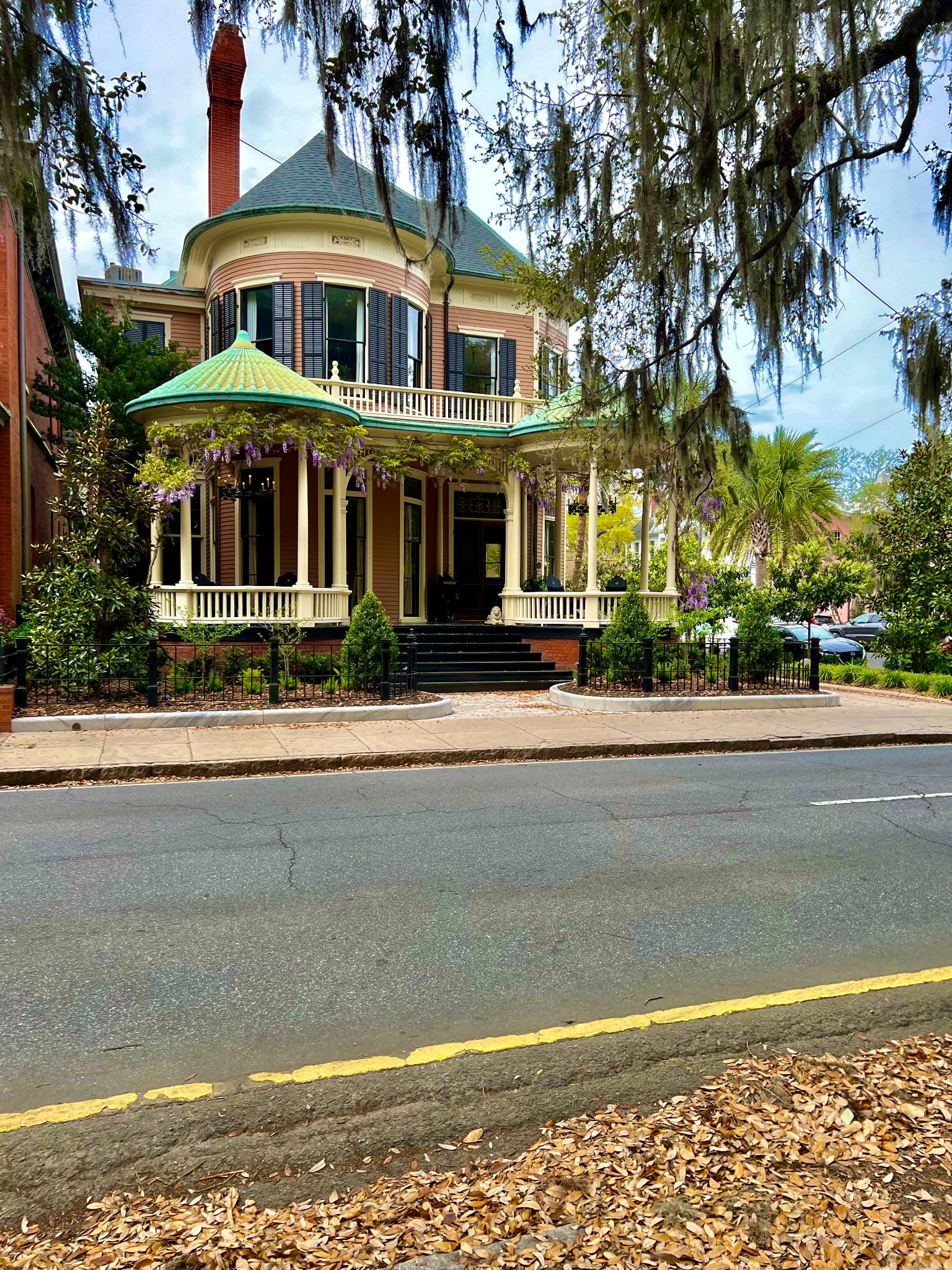
Spanish moss por todos lados
Most moss is Spanish. Most trees are oak.
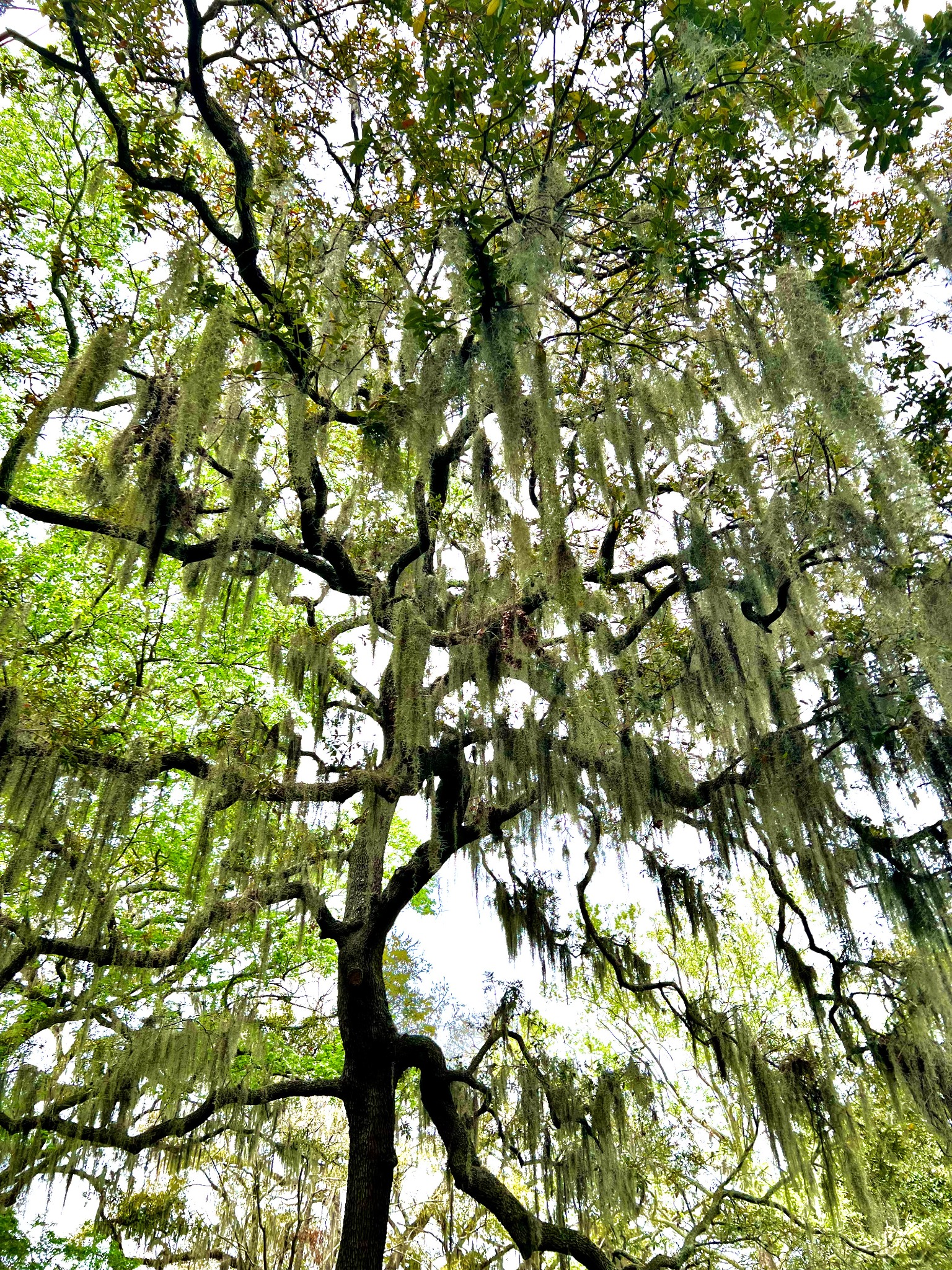
Happy b-day Rachel
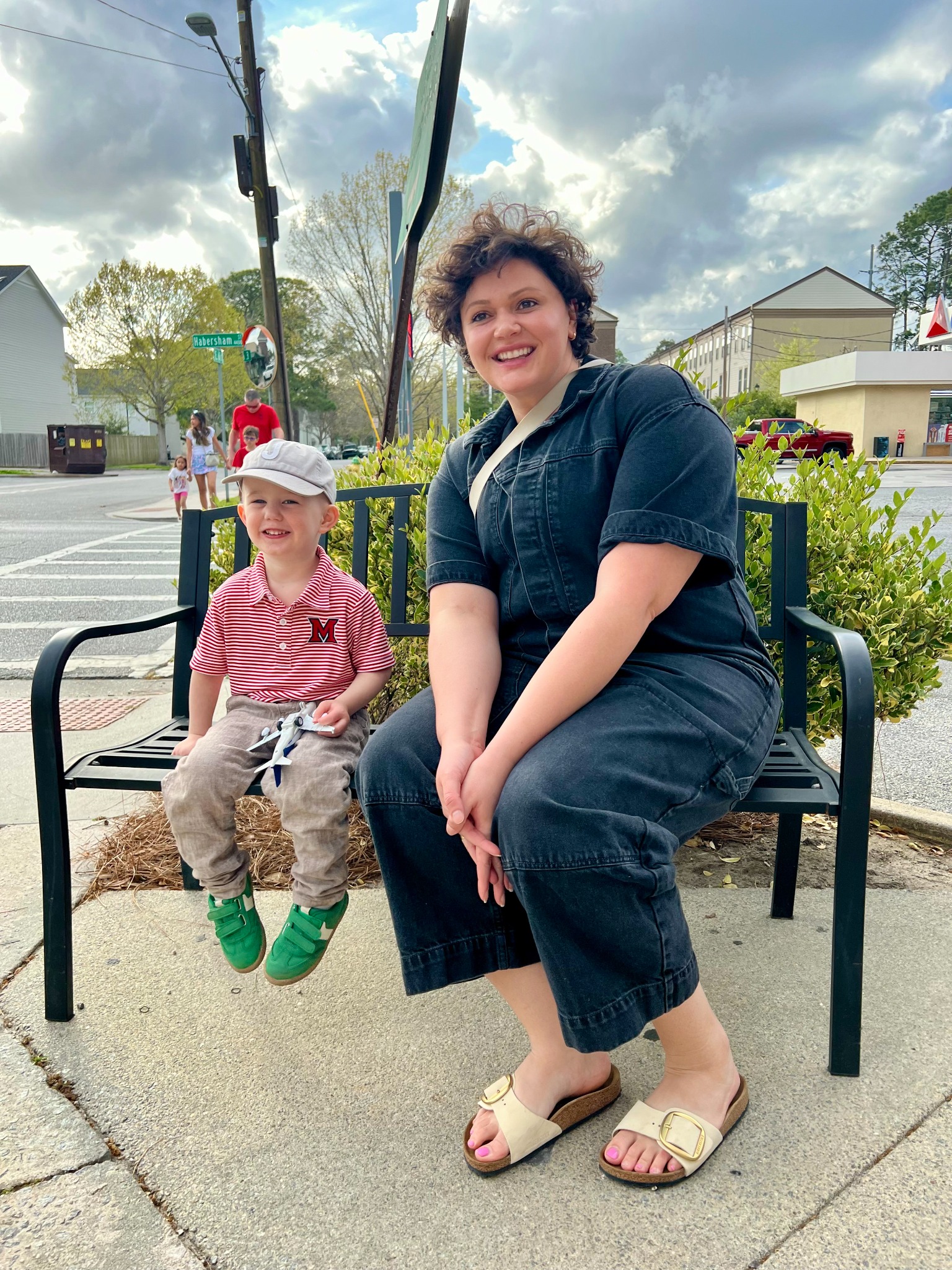
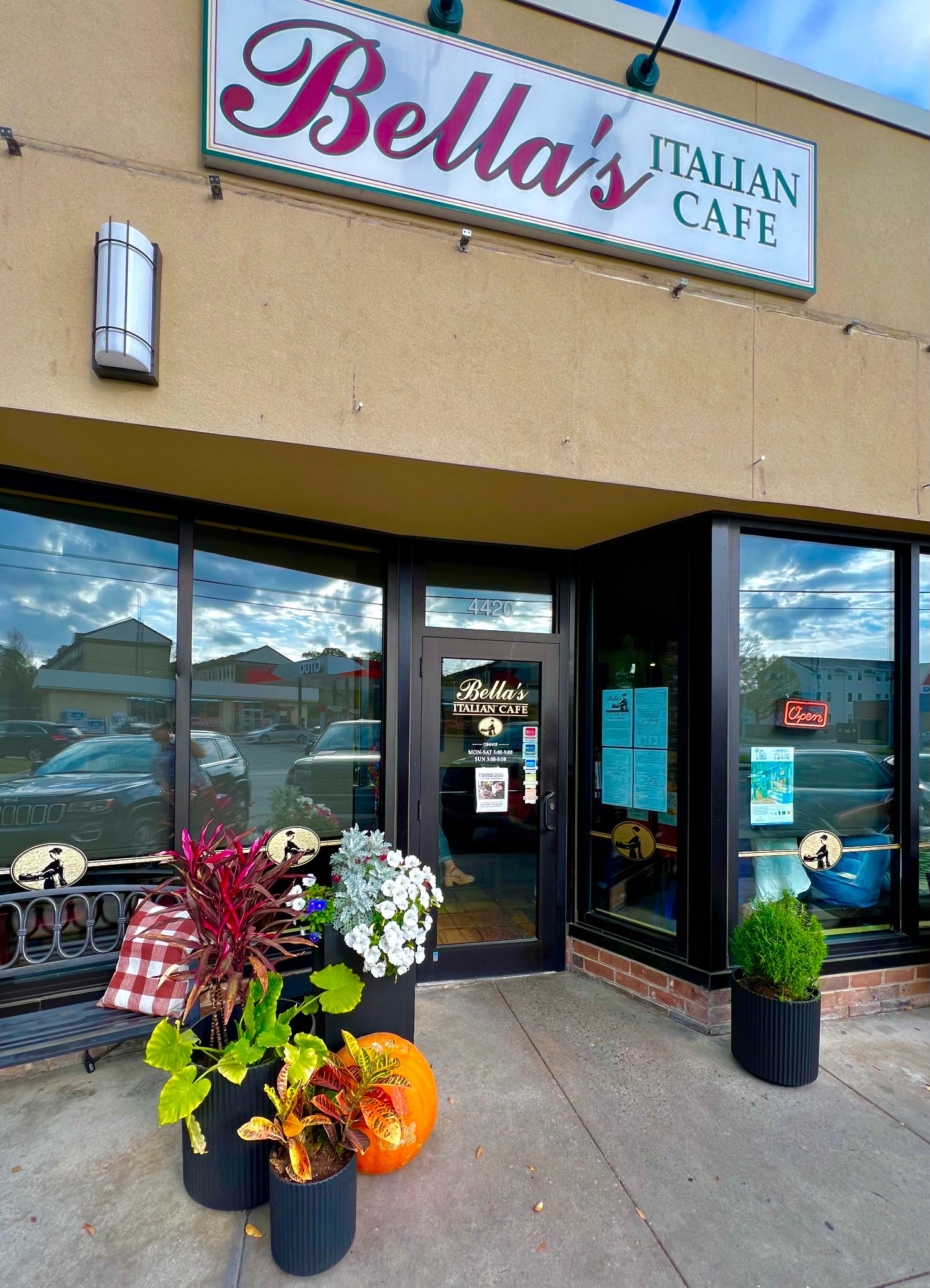
Oglethorpe Square
There are a series of squares in Historic Savannah. This one is named for the guy who created the concept of them.
James Oglethorpe was a British Army office and a colonial administrator, one of the members of the Trustees of Georgia, the group tasked with establishing and managing the Colony of Georgia for the British Crown starting in the 1730's.
He had a vision of a classless, agrarian society. He had the idea that a series of squares would be created as a unifying device, to bring people of Savannah together for both private and public gatherings.
Today, there are 24 squares. This is the one named after James Oglethorpe.
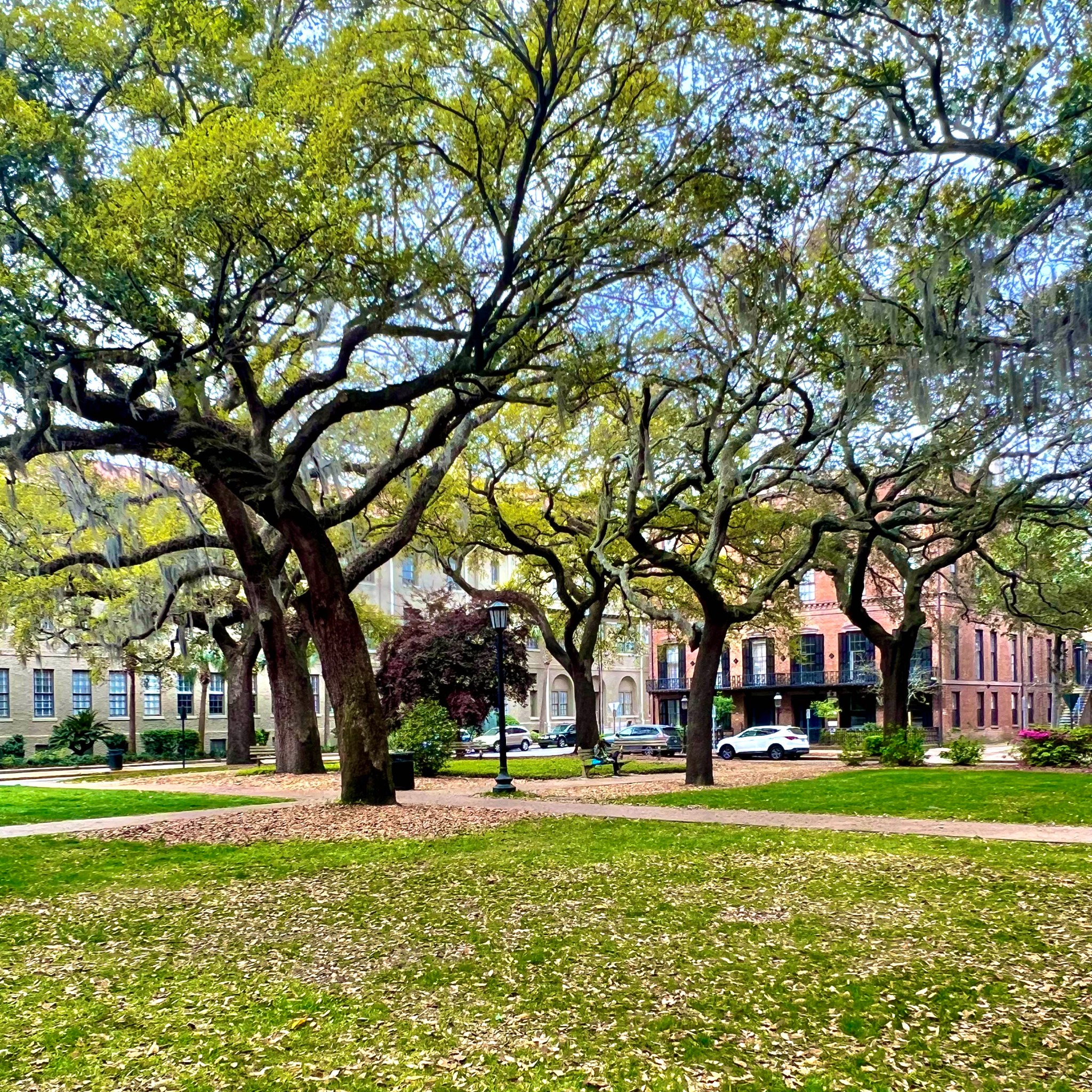
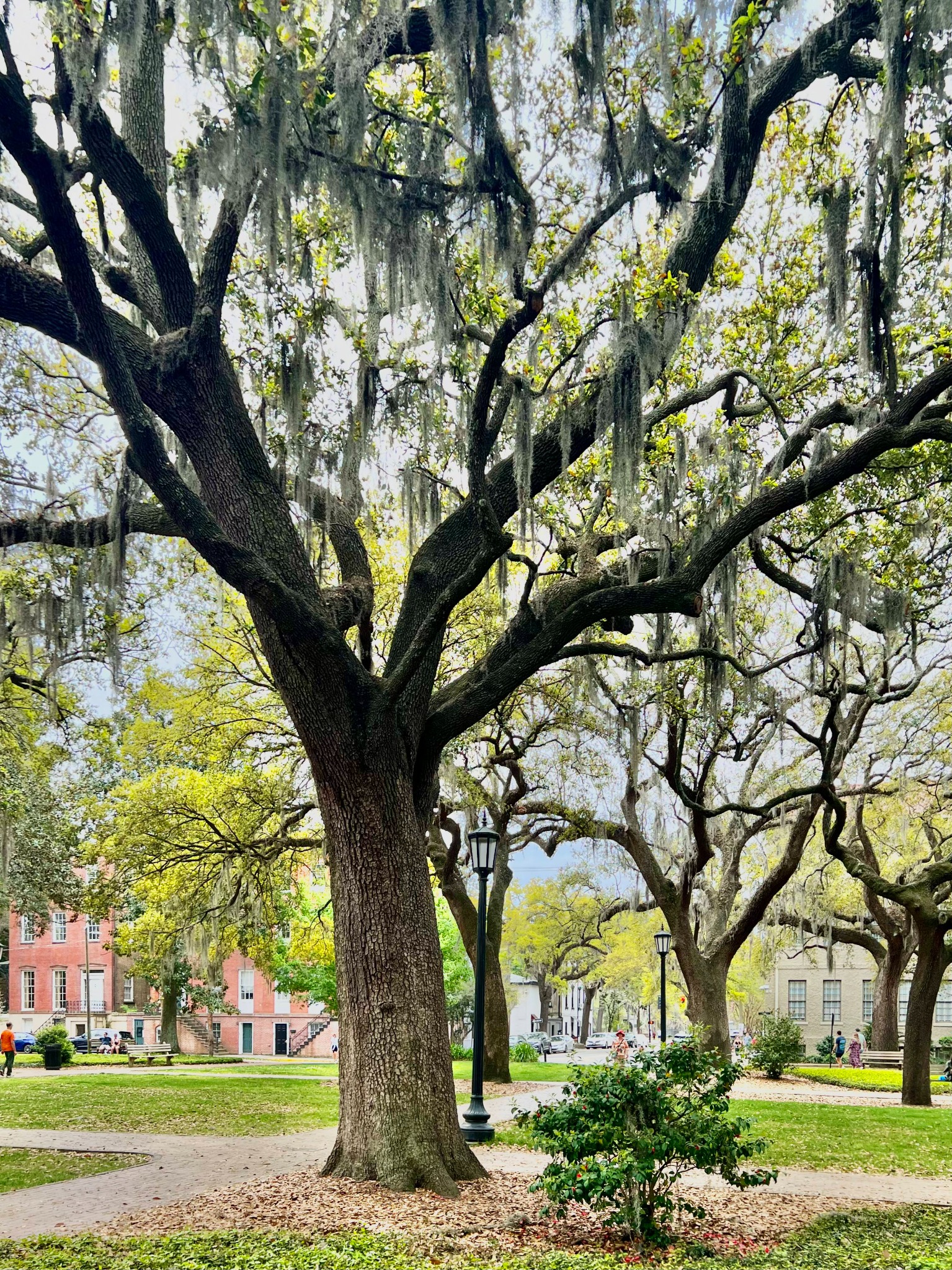
Savannah Bee Co.
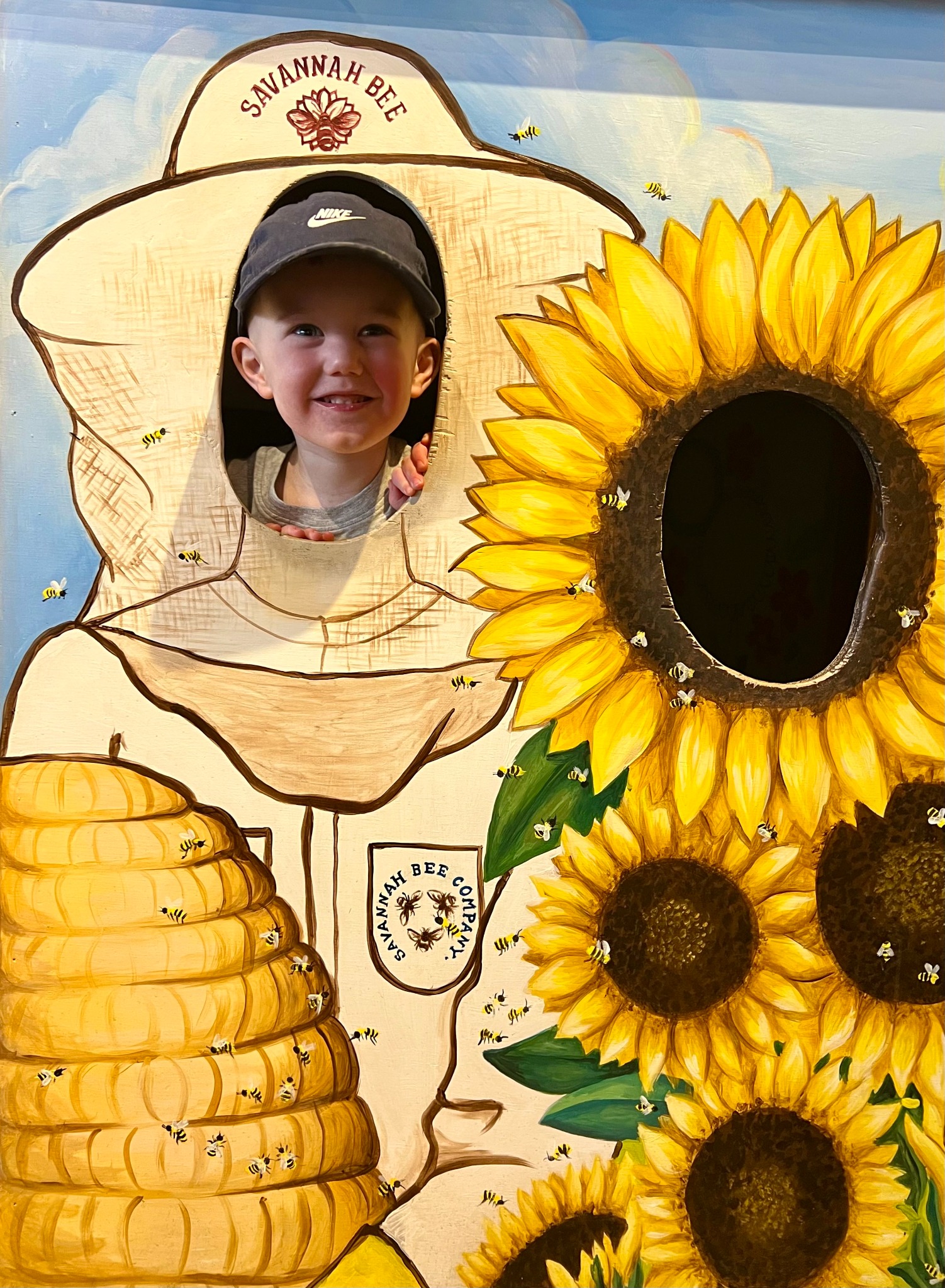
E. Julian St.
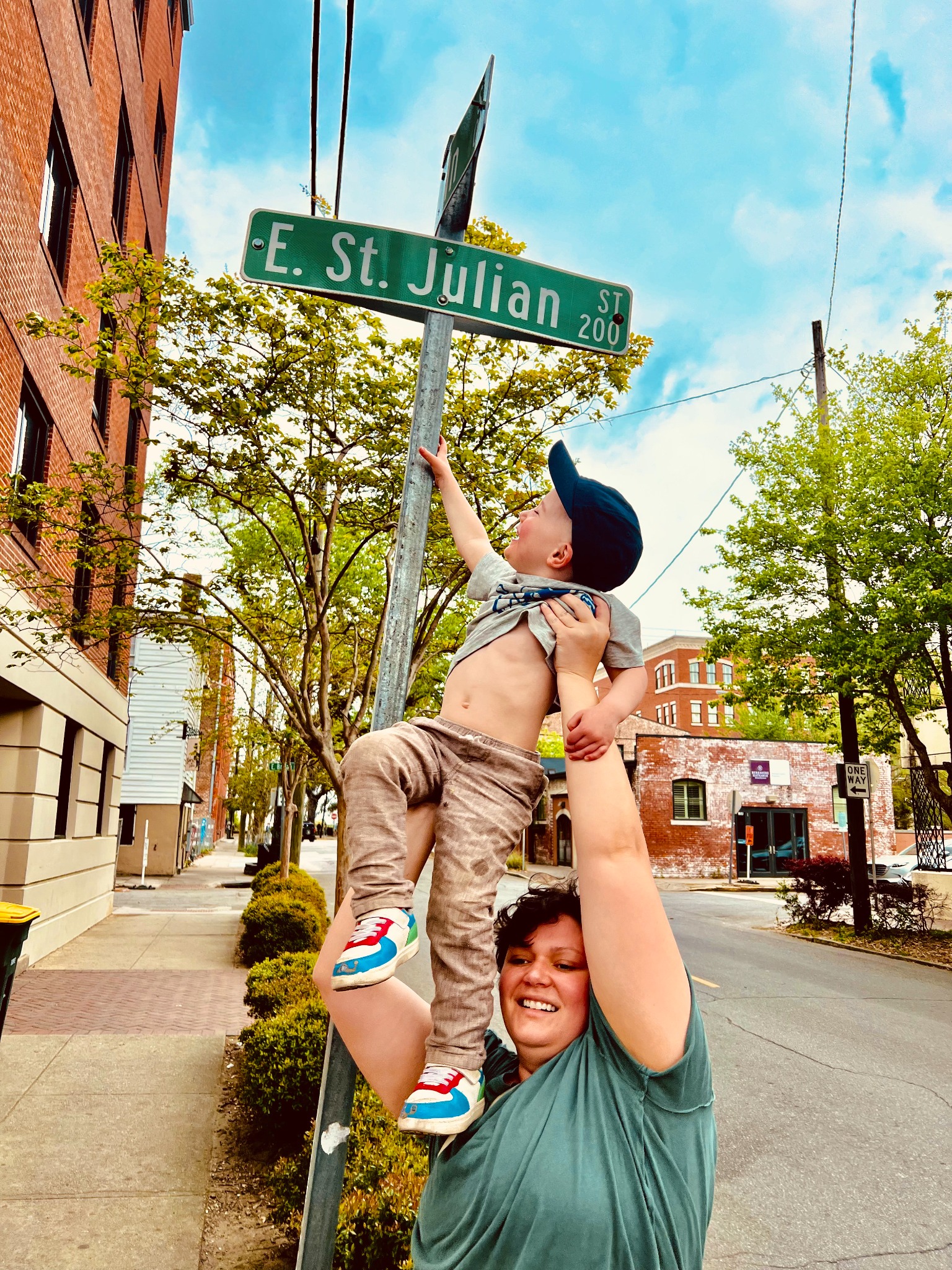
East River Street
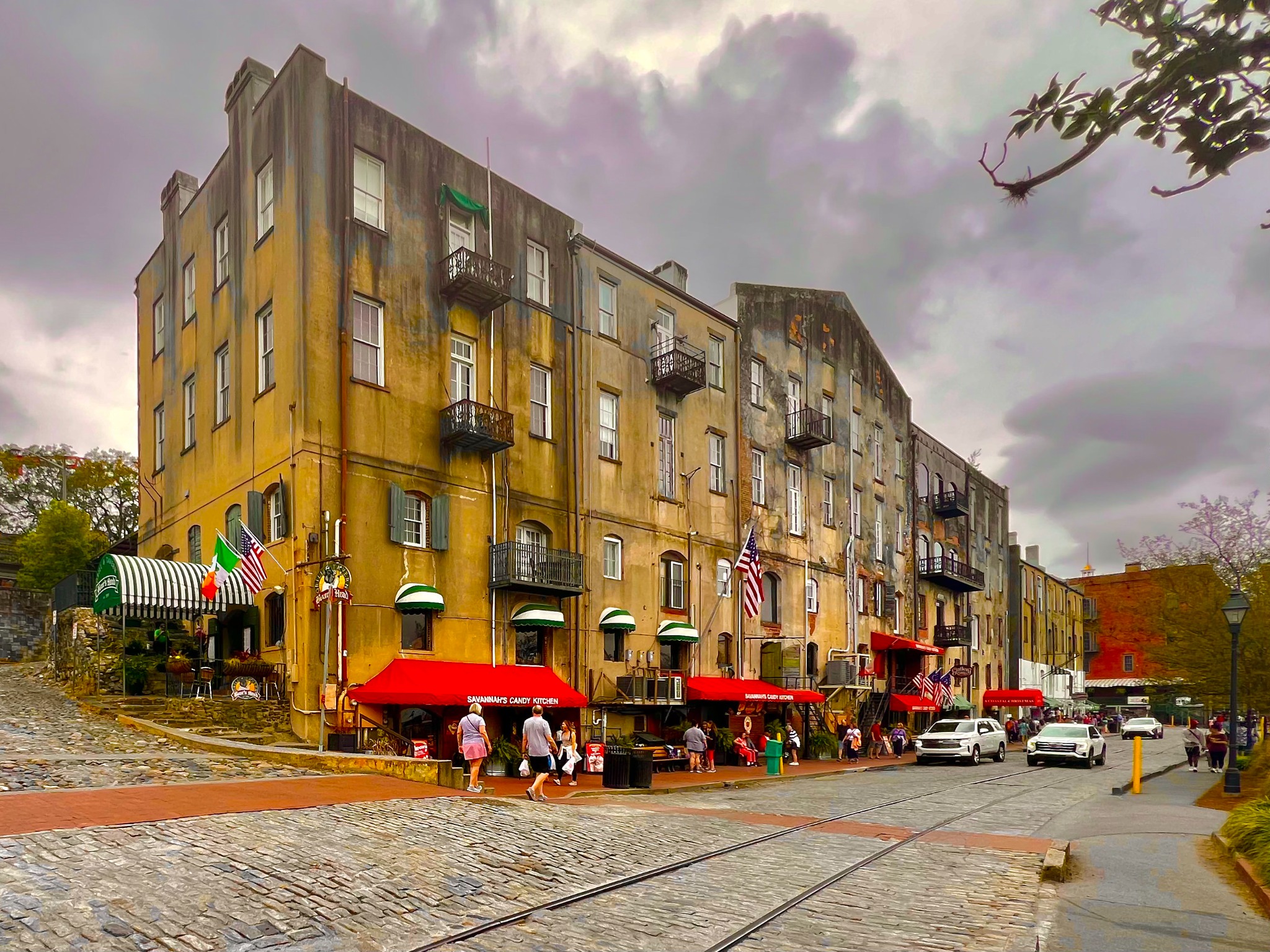
Port of Savannah... Almost...
The Port of Savannah is one of the busiest in the US. In other words, it handles one of the largest amounts of tonnage each year out of all US ports. I read a few pages that had it ranked as fourth busiest in the United States.
Rain cancelled our tour, so the best picture I have is of a barge in the Savannah River. The port is on the other side of the bridge in the background.
One of the reason that the Port of Savannah is so busy is because the depth of the river can accommodate most of the largest ships coming in from and going out to the Atlantic Ocean.
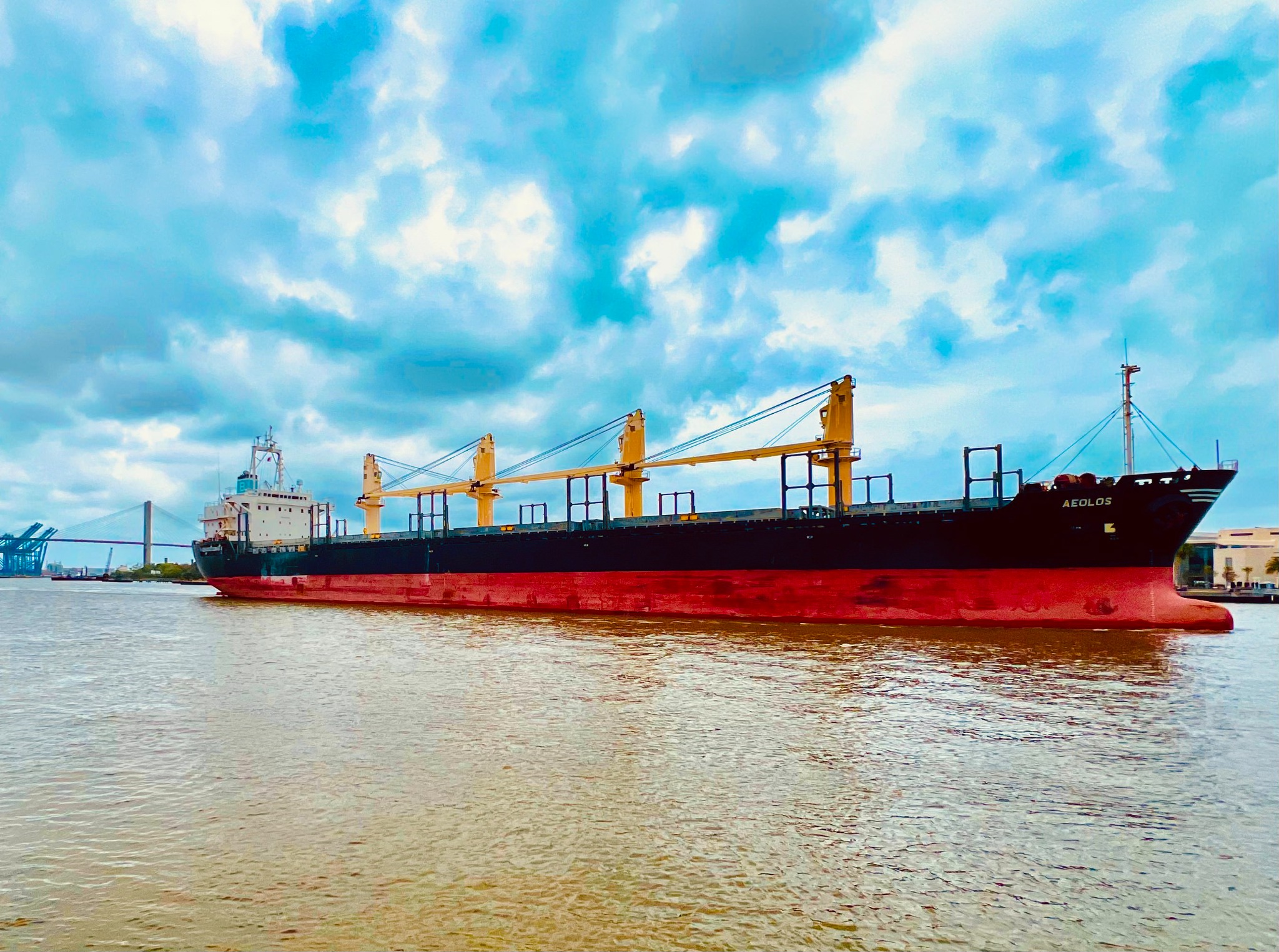
Wormsloe State Historic Site
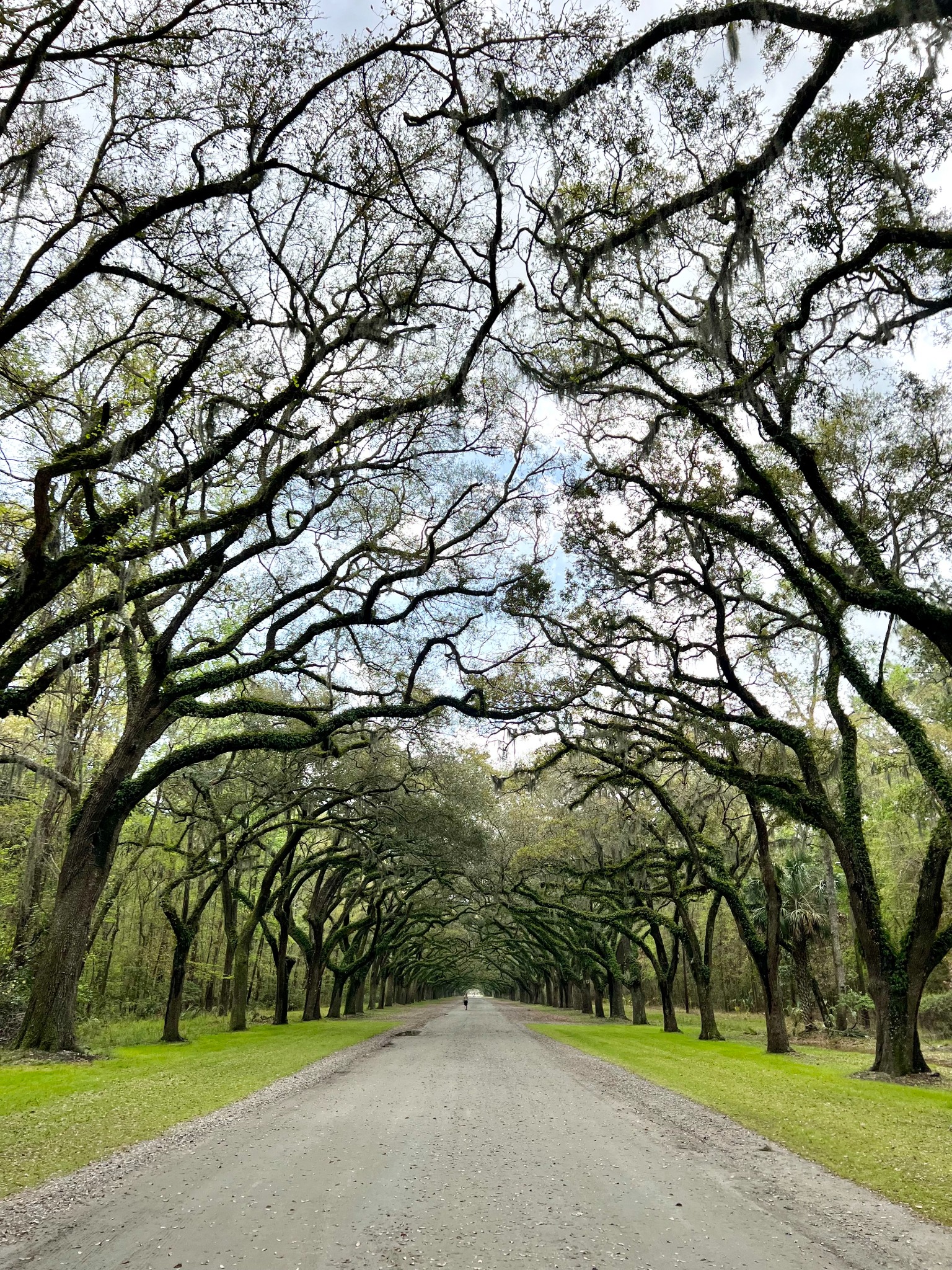
The property known as Wormsloe was initially a 500-acre area on what is now called Isle of Hope leased by Noble Jones, an English gentleman, from the Trustees of Georgia, the governing body established by British King George II in 1732 to manage the colony of Georgia.
From 1750-1859, slaves worked on Wormsloe cultivating corn, hay, cowpeas, and cotton.
For 237 years and six generations, this estate was owned by the Jones family until 1973 when the State of Georgia bought it. Now it is a state park and historic site.
Tabby
This was cool to me. Many of the original structures on Wormsloe estate were made of tabby. Below are the remnants of a tabby house. Tabby is a construction material made of oyster, shells, lime, and water that is used often along the southeastern coast of the United States.
Displays said at the site that Jones initially built the first tabby house as a fort to protect against Spanish attacks.

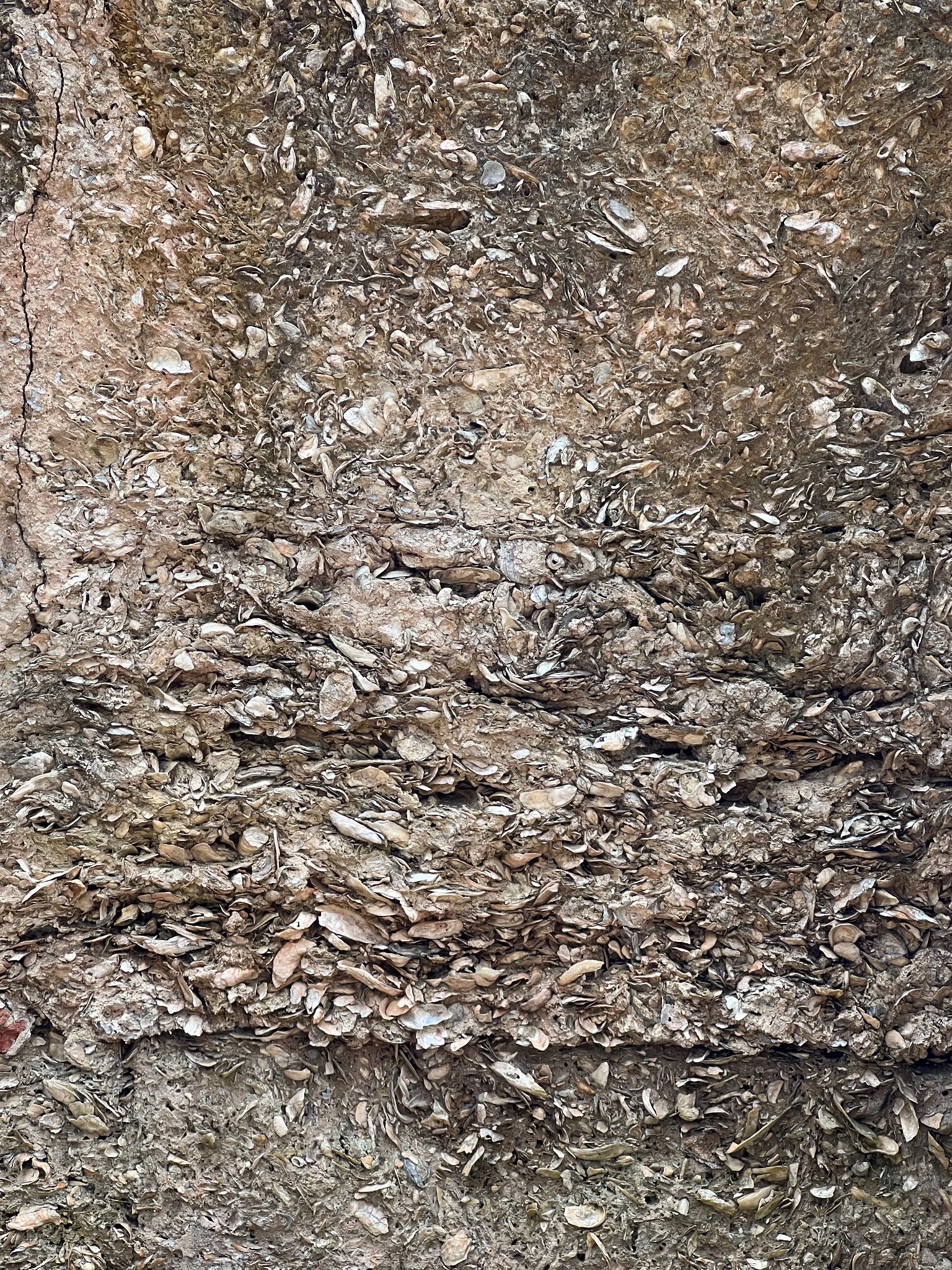
Post a comment